SUMMARY
This is AI generated summarization, which may have errors. For context, always refer to the full article.
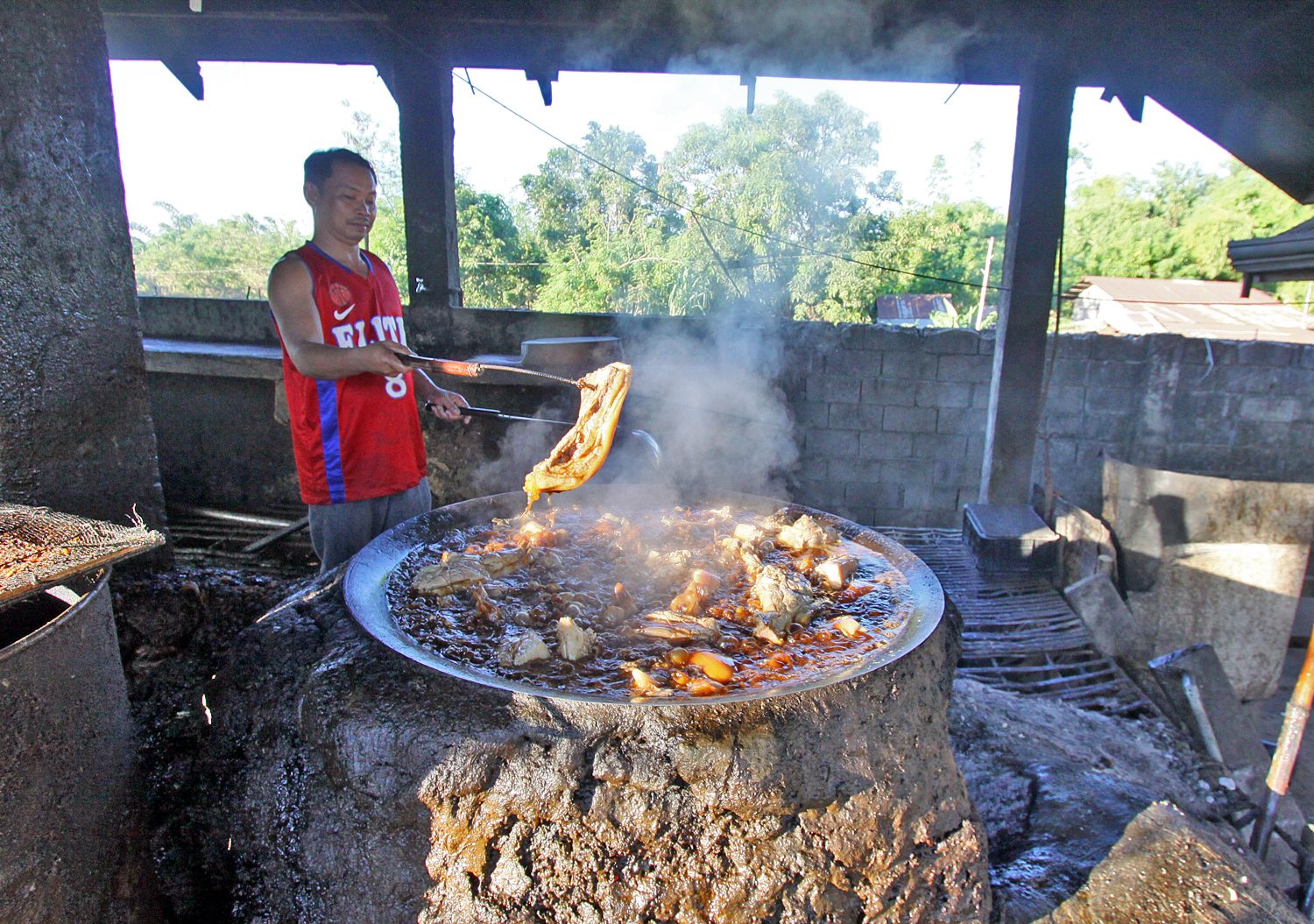
The COVID-19 pandemic, nearing its second year, has dealt a blow to many industries.
Ilocos Sur’s popular delicacies – the crispy and mouth-watering pork belly dish bagnet, and the province’s trademark garlicky, tangy longganisa – have not been spared.
With the pandemic still battering the province and the recent outbreak of the African swine fever (ASF) in at least two areas in Ilocos Sur, how will bagnet and longganisa producers survive?
Vigan and neighboring Santa Catalina town have been affected by the ASF, confirmed provincial board member Efren Rafanan, head of the provincial board agriculture committee.
He said that even before ASF was confirmed in Ilocos Sur, the COVID-19 pandemic had already affected the local meat processors.
“Magdadalawang taon na po mula nang matamaan sila. ‘Yung mga restaurants and eateries, mga turista walang bumibili,” said Rafanan. (They’ve been affected for almost two years now. There are no tourists to buy from restaurants, eateries.)
Less sales
Grace Lapastora of the Department of Trade and Industry in Ilocos Sur said that on average, vendors only sell about 30 dozens of longganisa daily – a far cry from the pre-pandemic average of 50 dozens per day.
One dozen Vigan longganisa, on average, costs around P120. The price varies depending on the longganisa size. Bagnet sells for P470 to P500 per kilogram.
Louie Alquetra, president of the Ilocos Sur Bagnet and Longganisa Processors Association, has been producing longganisa for 14 years, and bagnet for eight years. He said local producers now only earn around P70,000 monthly on average.
“Break even lang ‘yun. Hindi naman nalugi (That’s just break even. They didn’t lose money),” he said.
But it’s far less than pre-pandemic earnings of as much as P100,000 a month.
Buffer stock
For Alquetra, selecting meat from Ilocos-grown hogs is the first step in making quality bagnet and longganisa. With the ASF crisis on their doorstep, will they still be able to create the popular pork delicacies?
Fortunately, Ilocos Sur has an oversupply of hogs – a buffer spread throughout the province – in anticipation of the crisis. While the province had its fair share of ASF cases in past months, hog raisers made sure to overstock their hog population.
“Kahit noong nagka-shortage ng baboy sa Metro Manila noon, we sustained (our local industries). Hindi kami nagpalabas ng baboy, kaya nagkaroon na kami ng buffer ngayon na enough to supply Ilocos Sur for five to six months,” said Rafanan.
(We sustained [our local industries] even when Metro Manila had a shortage before. We kept our hogs so we now have a buffer that’s enough to supply Ilocos Sur for five to six months.)
This does not include hogs set for slaughter in October.
With the high possibility of the ASF returning to haunt Metro Vigan, the Department of Agriculture recommended that the buffer stock be slaughtered and stored in a cold storage located in Narvacan town, as it could accommodate a large volume of pork, said Rafanan.
‘Golden opportunity’
With an overabundance of hogs, Ilocos Sur Governor Ryan Luis Singson signed an executive order freezing the live weight price of hogs to P170 per kilo.
Lapastora said bagnet and longganisa makers should seize this opportunity.
“Take advantage of the pork price,” she said. “We will hold a meeting with the bagnet and longganisa processors to share in anticipated oversupply from hog growers.”
For Alquetra, this is a golden opportunity, considering their industry’s situation. “Mataas ‘yung threat ng ASF ngayon lalo na at papakaunti na po ang supply ng karne ng baboy, at lalo pa pong hihirap maghanap ng supplier ng live na baboy,” he said.
(The threat of ASF is high and stocks of pork meat are dwindling, and it is getting harder to find a supplier of live hogs.)
In the meantime, the DA has sent a team tasked to contain ASF in the province. But what happens when the buffer stock gets depleted?
Lapastora said that prior to the current outbreak, when ASF was ravaging other provinces, the provincial government enforced a ban on the entry of all pork products to protect local hogs being raised in Ilocos Sur. This, however, resulted in a shortage of pork supply.
To address the shortage, the provincial government accredited a limited number of pork suppliers from outside, to ensure that the local bagnet and longganisa industries would not be affected.
“That is for the local meat processors to have a steady supply of hog to process,” Lapastora said.
A similar scenario may happen if the province’s hog population gets decimated by the disease, or if supply runs low.
“The industry is not threatened, but it could be in the near future if we do not intervene,” Lapastora said. – Rappler.com
Ahikam Pasion is a Luzon-based journalist and an awardee of the Aries Rufo Journalism Fellowship.
Add a comment
How does this make you feel?

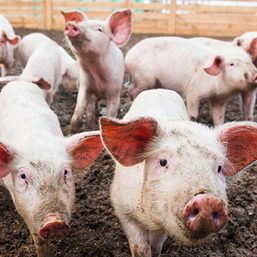
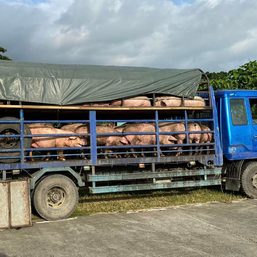
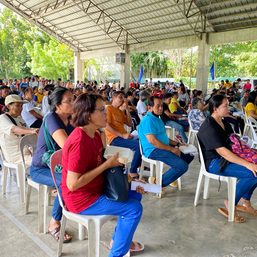
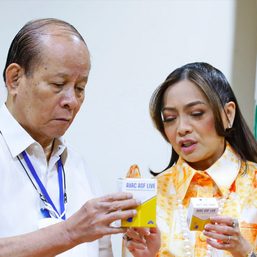
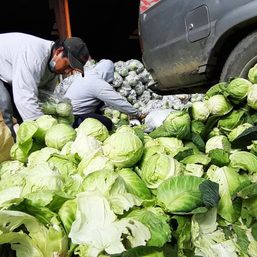
![[ANALYSIS] Investigating government’s engagement with the private sector in infrastructure](https://www.rappler.com/tachyon/2024/04/tl-gov-private-sectors-infra-04112024-1.jpg?resize=257%2C257&crop=435px%2C0px%2C1080px%2C1080px)
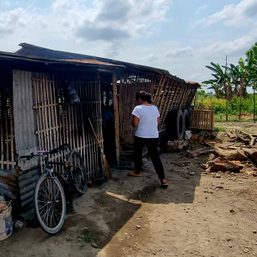
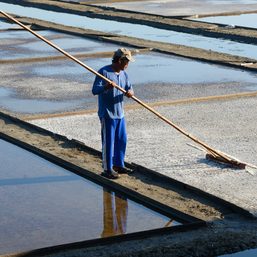
![[Rappler’s Best] The elusive big fish – and big fishers](https://www.rappler.com/tachyon/2024/04/The-elusive-big-fish-%E2%80%93-and-big-fishers.jpg?resize=257%2C257&crop=220px%2C0px%2C720px%2C720px)
There are no comments yet. Add your comment to start the conversation.